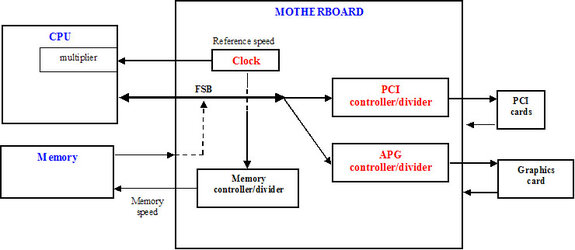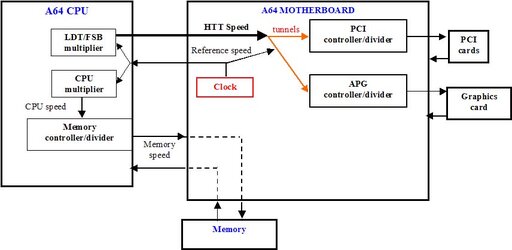- Joined
- Dec 23, 2002
- Location
- Doylestown, PA
Been a while....
Ok, I have read through Gautam and hitechjb's stickies, and I am still not really understanding how the A64's derive their clock speeds with the HTT, multipliers and all of that. I am very fluent with the XP systems, but I have been out of the loop since the 1700+ reigned king of overclockers.
Any help with working through the A64 architecture and overclocking techniques would be greatly appreciated....
Glad to be back......
Ok, I have read through Gautam and hitechjb's stickies, and I am still not really understanding how the A64's derive their clock speeds with the HTT, multipliers and all of that. I am very fluent with the XP systems, but I have been out of the loop since the 1700+ reigned king of overclockers.
Any help with working through the A64 architecture and overclocking techniques would be greatly appreciated....
Glad to be back......

 But then I've not been around a lot myself. One of these days I may even get 7 stars,....maybe.
But then I've not been around a lot myself. One of these days I may even get 7 stars,....maybe.
